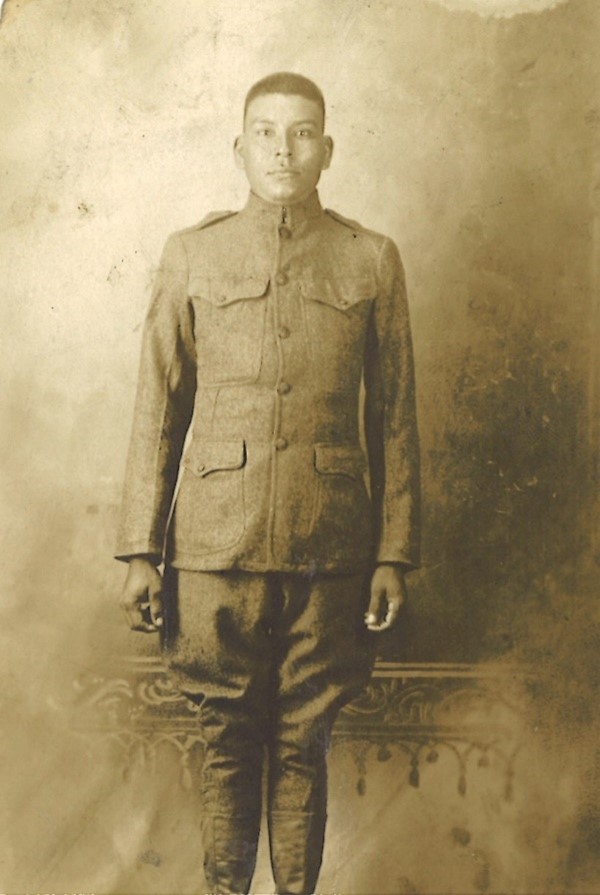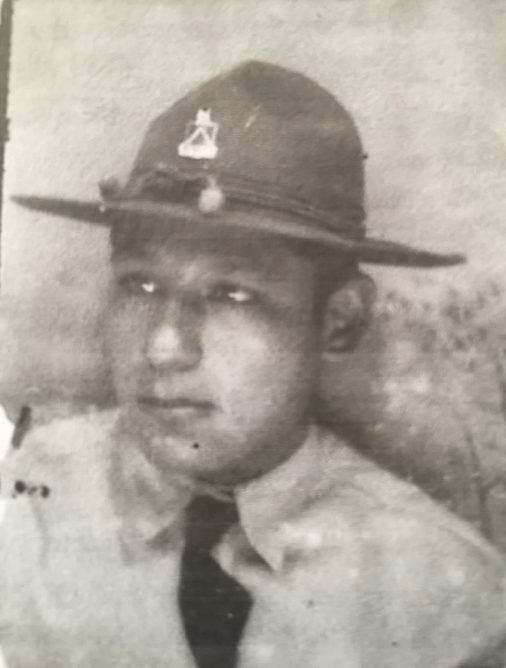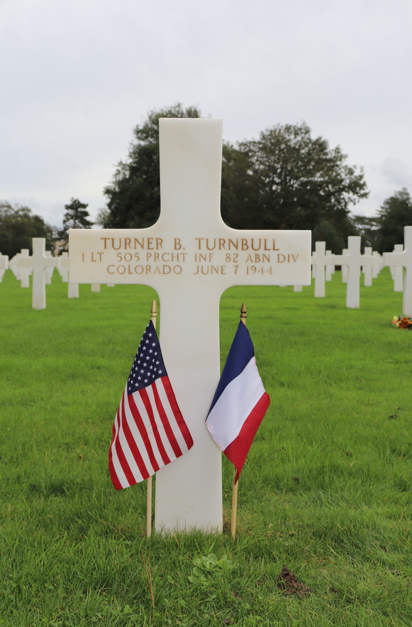The American Battle Monuments Commission honors code talkers for Native American Heritage Month.
The American Battle Monuments Commission honors code talkers for Native American Heritage month this November.
The use of Native American languages for transmitting messages by the U.S. armed forces started during World War I. Military communications could be compromised and intercepted through listening devices, tapping into telephone lines, and runners being killed or captured. In addition, the Germans were known for easily breaking codes created in English. On the battlefields of France, the Native American languages was a solution stumbled upon by chance.
However, the use of Native American languages in World War I was not common or systematic. It was used by some divisions who had Native American service members. The 30th and 36th Divisions, and possibly others, used soldiers in their ranks who would later become known as code talkers.
Even if successful, the practice was never adopted throughout the U.S. armed forces during or after the Great War. The code talkers included those of the Choctaw Nation, one of the best-documented groups in World War I, among other Native American tribes like the Cheyenne, Comanche and Cherokee for instance.
One code talker was Pfc. Simeon Cusher from the Choctaw Nation of Oklahoma. He came from Le Flore County and was married to Sophia with whom he had children. He was part of Company E, 2nd Battalion, 142nd Infantry Regiment, 36th Infantry Division. Cusher fought in France where he died of his wounds Oct. 8, 1918, near Saint-Etienne-à-Arnes, Marne. He rests eternally at Meuse-Argonne American Cemetery, plot D, row 40 and grave 34.
Pvt. Frank Coon was from the Cherokee Nation and his father, Wolf Coon, was the president of the Cherokee Senate. Coon who was called “Rabbit” married Cora before he was deployed in 1918. He had a son he never met who was born in January 1919. He served in the 141st Infantry Regiment, 36th Division. He died of disease, Aug. 29, 1918. Coon is forever remembered at St. Mihiel American Cemetery, plot B, row 17 and grave 24.
The Choctaw communicators helped set the precedent of using native American languages for securing military messages that would be expanded by other tribes in the Army (the Kiowa, Hopi, Creek, and Seminole, for instance) and the Marines (the Navajo) in World War II and by 1944 they would be known as code talkers.
Pvt. Andrew Perry was born in 1920 into a family of Choctaw origin. He was one of the 7,500 Native Americans who enlisted in the U.S. Army. Perry, a radio operator, used his native language to transmit coded messages. On Aug. 15, 1944, when he landed with the 45th Infantry Division on a beach near Sainte-Maxime (in the Var department), Perry was on his fourth landing, after North Africa, Sicily and Italy. At first the 45th Division encountered very little opposition, but on Aug. 20, their luck changed for the worse. Near Aix-en-Provence, not far from the village of Peyroles, a German tank division ambushed the 45th Infantry Division. The fierce battle that ensued led to heavy losses on both sides. Perry lost his life that day, as did four of his fellow soldiers. He is buried in Rhone American Cemetery, plot A, row 3 and grave 11, with some of his comrades from the 45th Infantry Division.
Not all Native Americans were code talkers, many more served in other combat and noncombat roles. First Lt. Turner Brashears Turnbull III was born Oct. 30, 1921. He was the youngest of three brothers from an influential Choctaw family. Turnbull served in the 82nd Airborne, the only airborne division with combat experience before D-Day as part of the North African and Italian campaigns. On June 6, 1944, he dropped behind enemy lines and fought to prevent German counterattacks at Utah Beach. On June 7, he was killed in Sainte-Mère-Eglise at age 23. He was awarded the Purple Heart and the Silver Star. He is buried among his comrades-in-arms at Normandy American Cemetery, plot E, row 21 and grave 21.
For more than 100 years, the American Battle Monuments Commission has ensured the memories of those who fell abroad defending the U.S. and those they served with, never die. Our promise is unbroken, and our mission is timeless as we enter our second century. ABMC continues to stay true to the mission given by General of the Armies John J. Pershing to ensure that, “Time will not dim the glory of their deeds.”
Sources:
Code Talkers | National Archives
Code Talkers - World War I Centennial (worldwar1centennial.org)
World War One: The original code talkers - BBC News
1LT Turner Brashears Turnbull III (1921-1944) - Find a Grave Memorial
Normandy American Cemetery
Meuse-Argonne American Cemetery
Rhone American Cemetery
St. Mihiel American Cemetery
Historical Services
ABMC website and brochures




